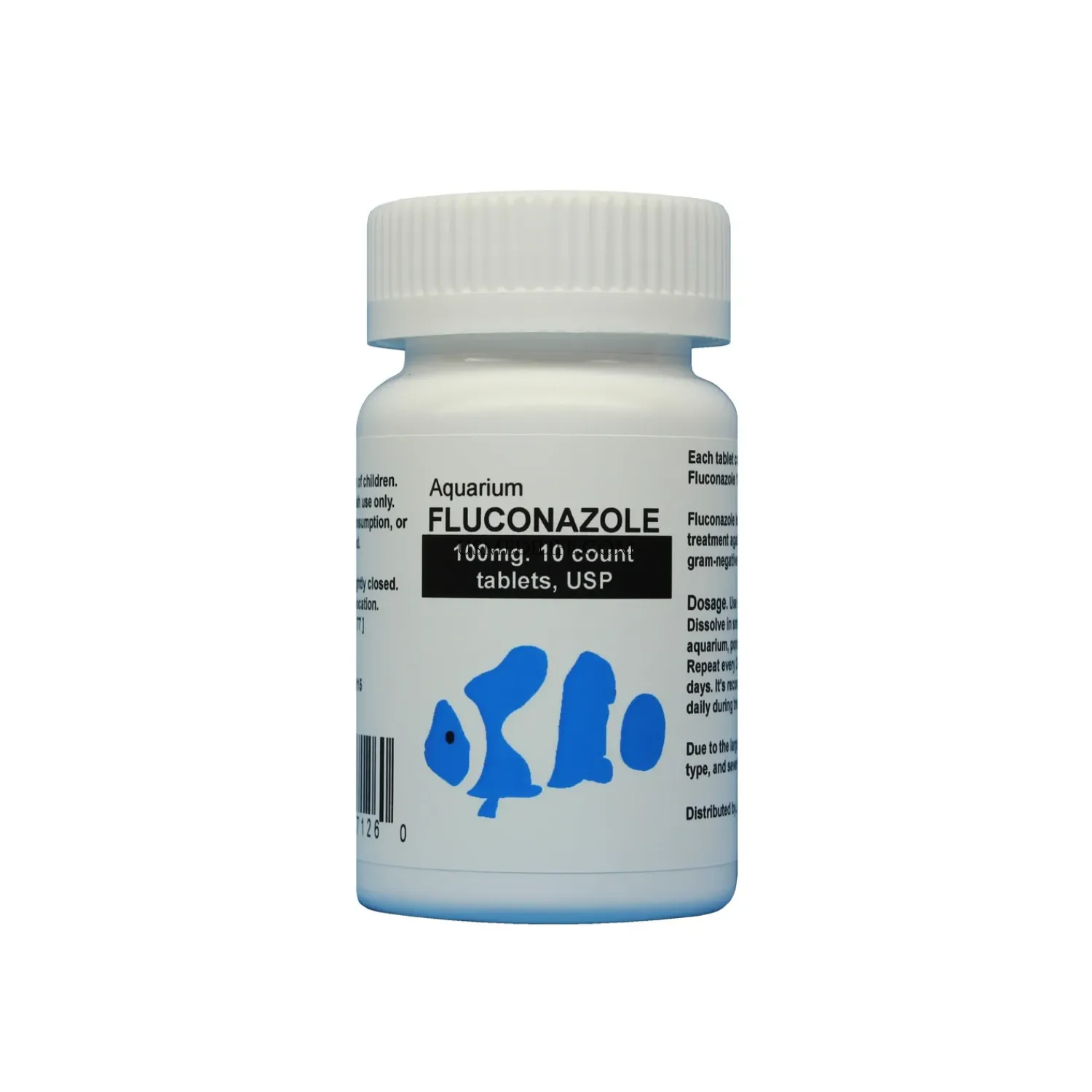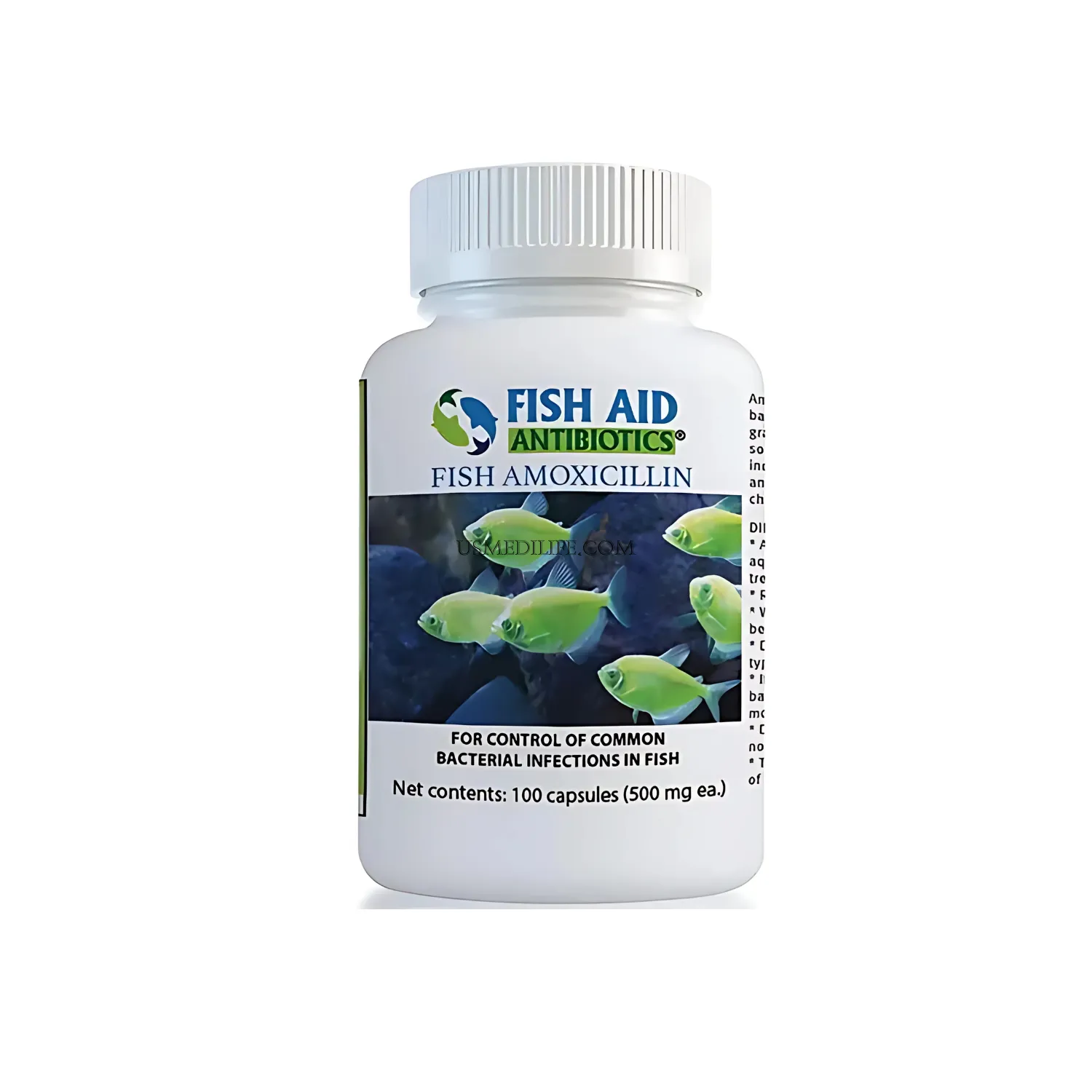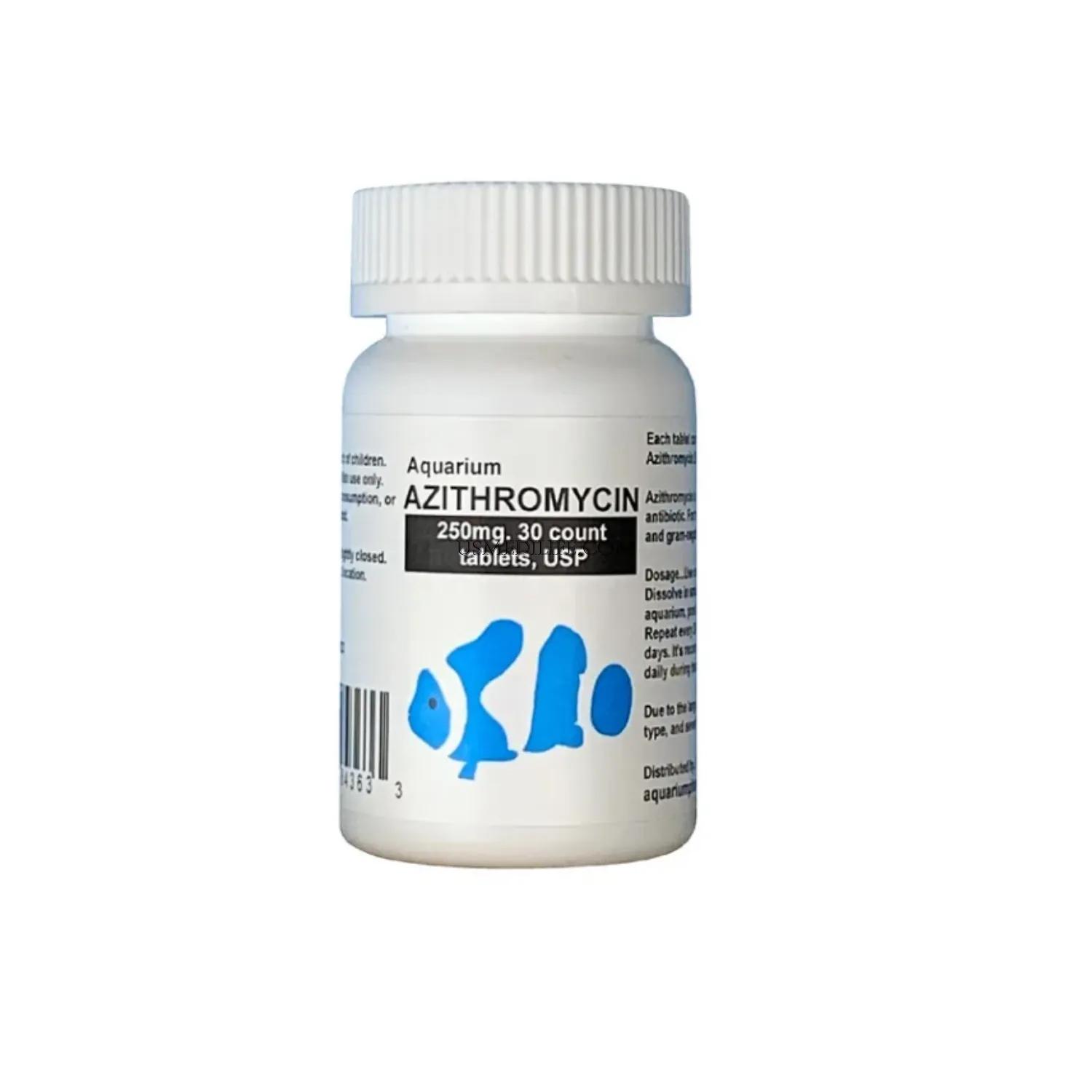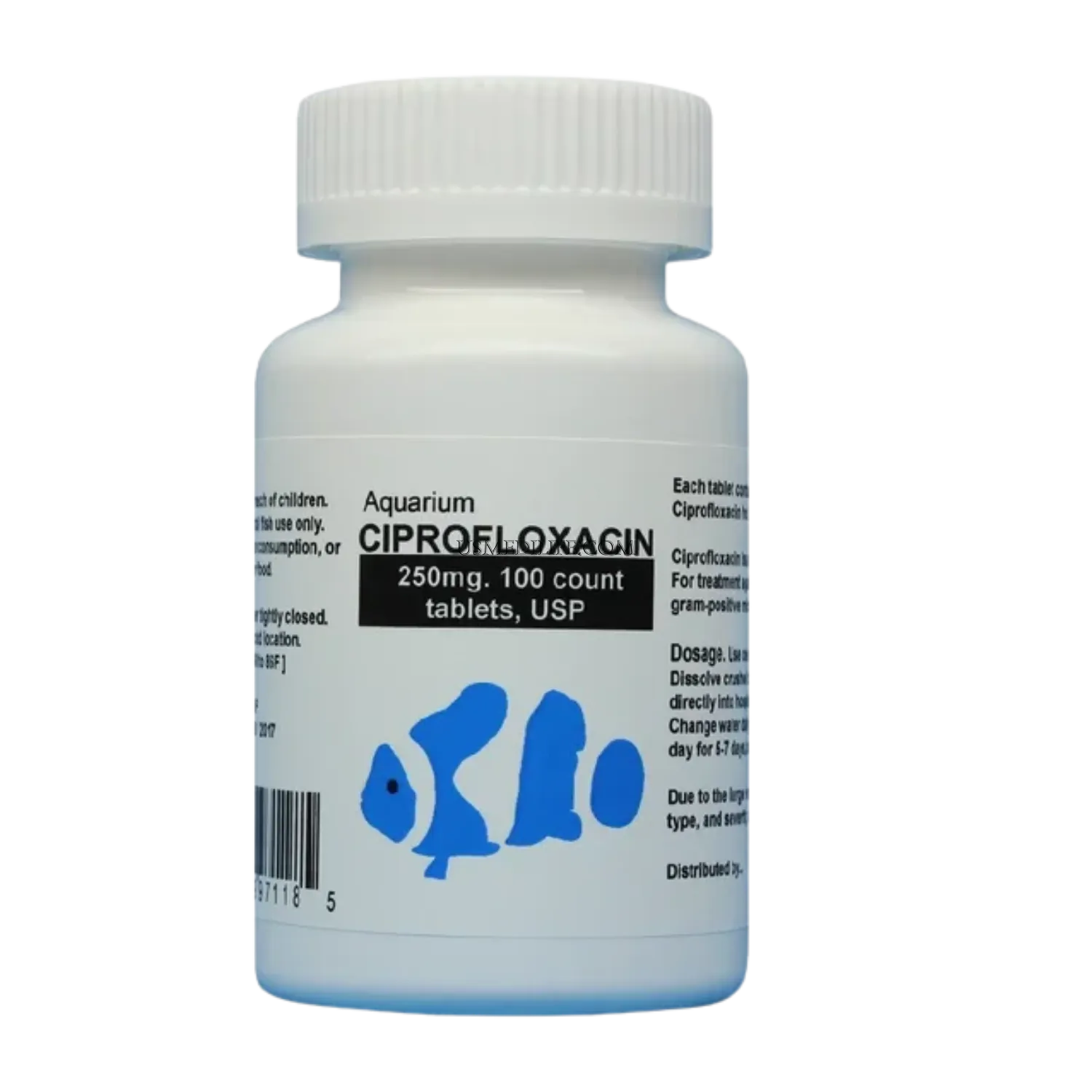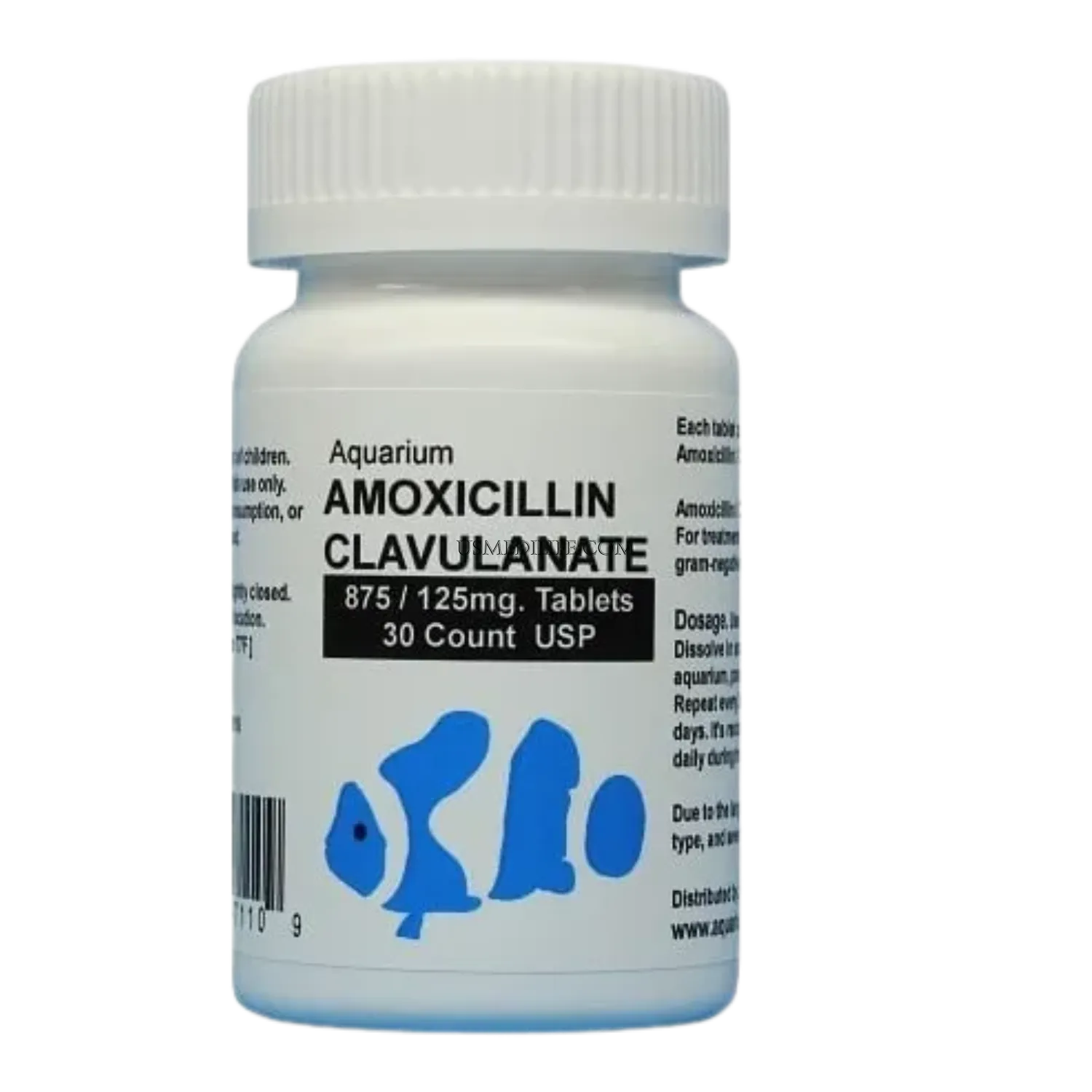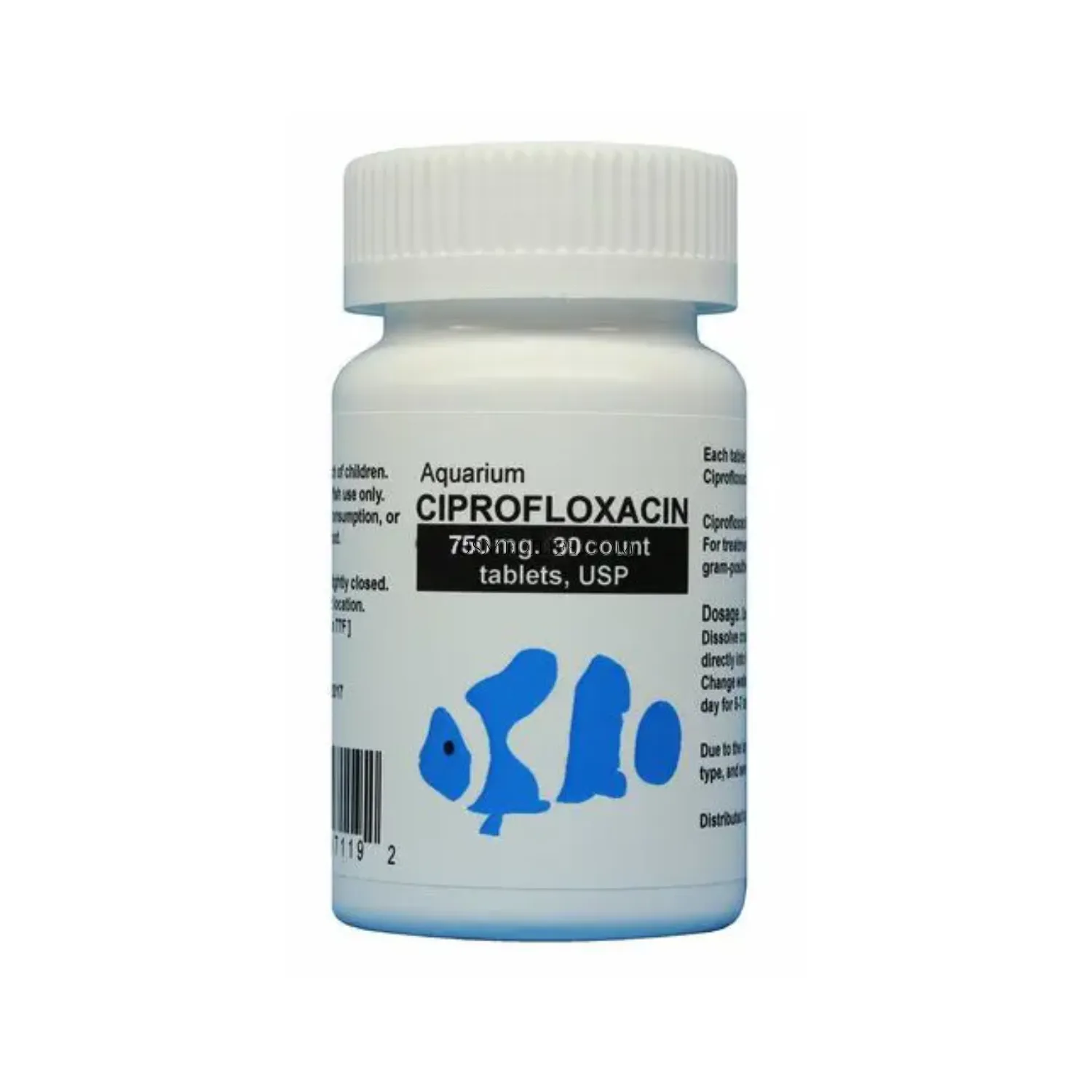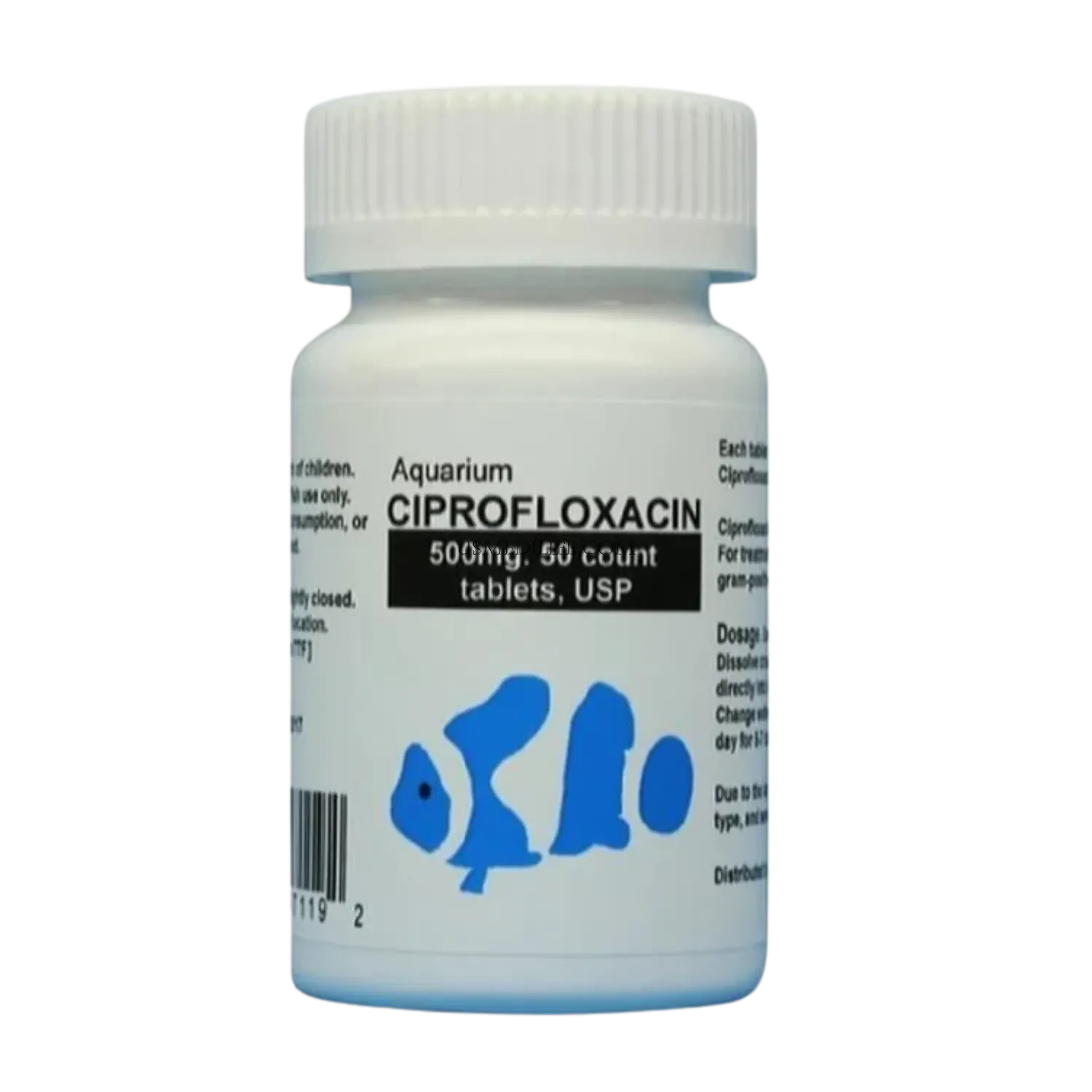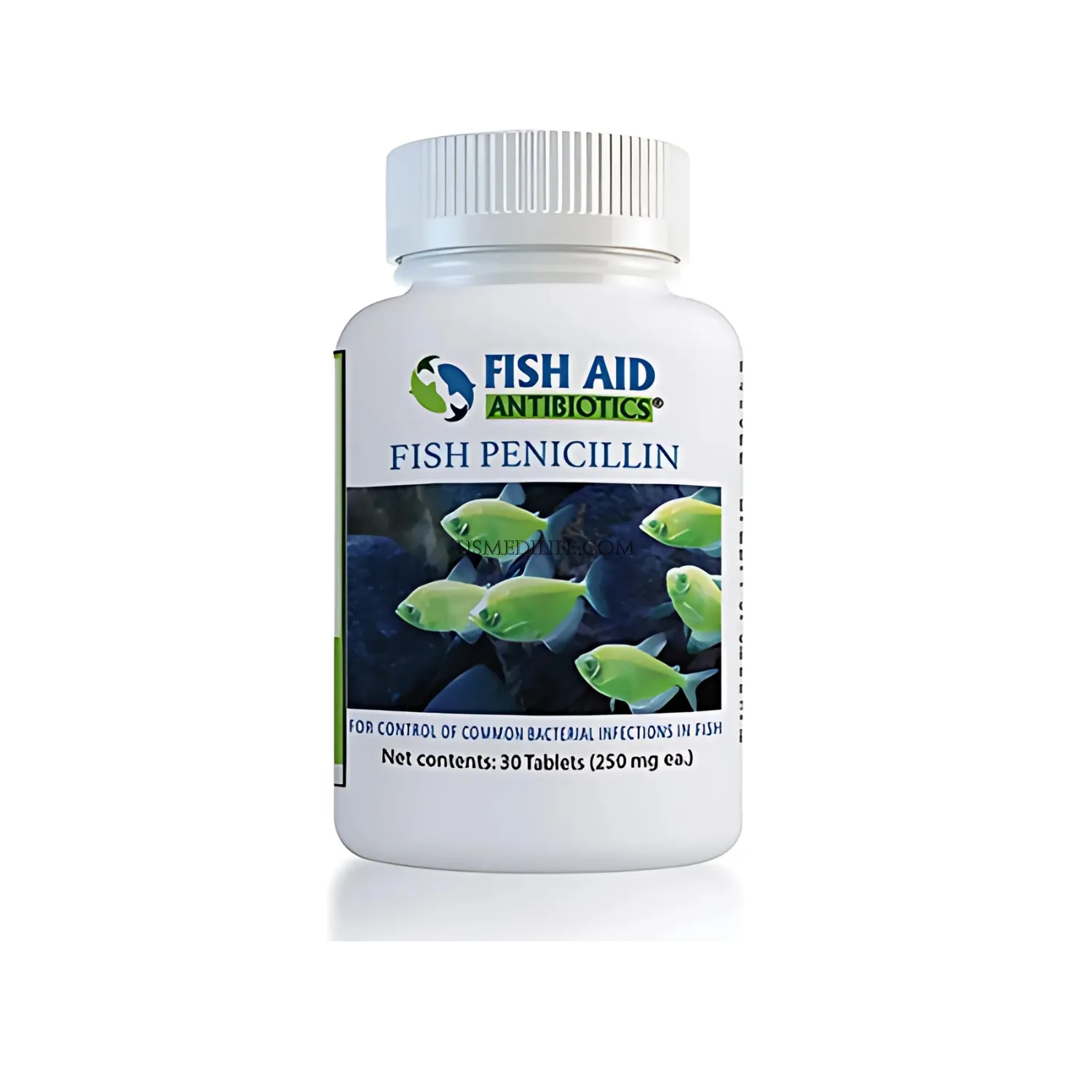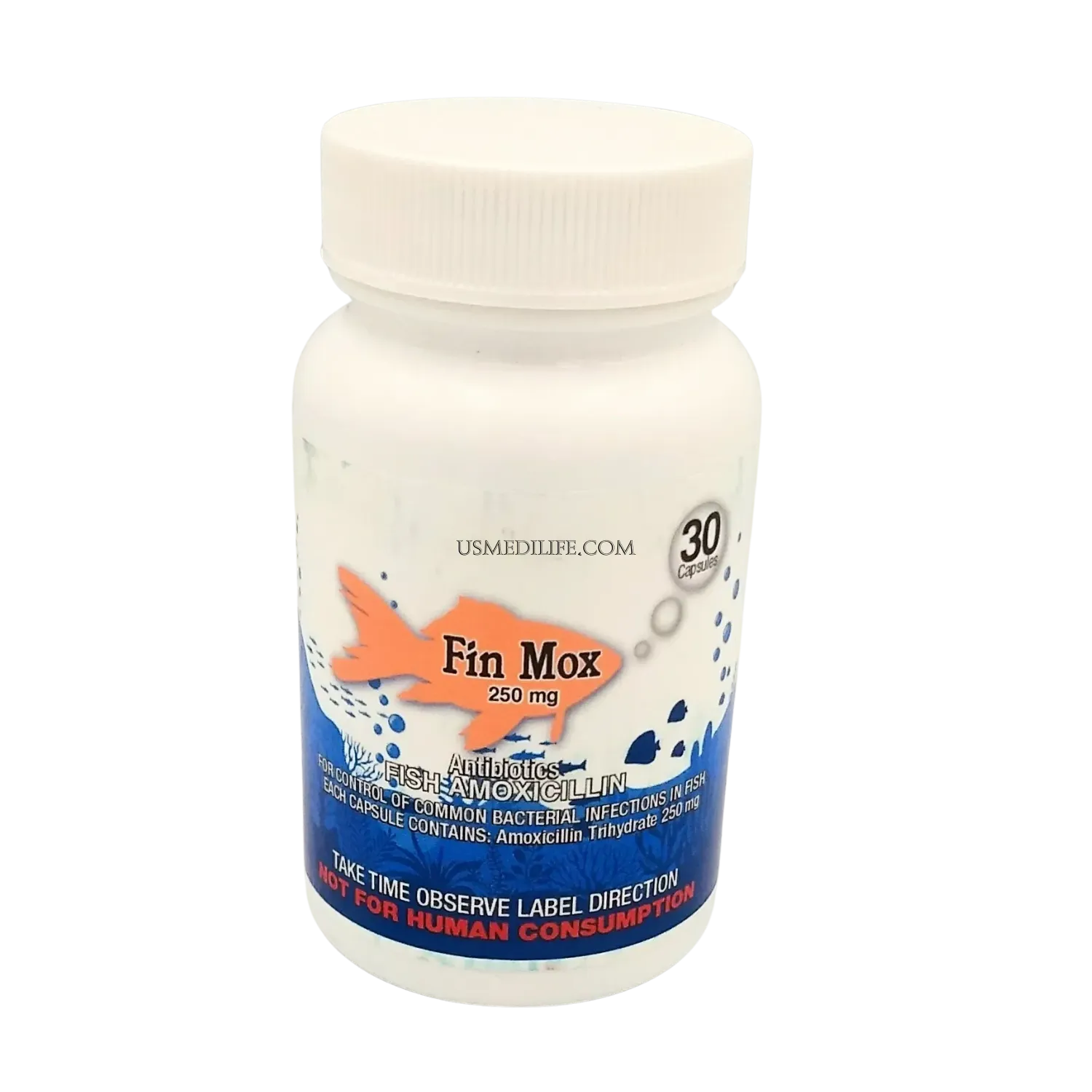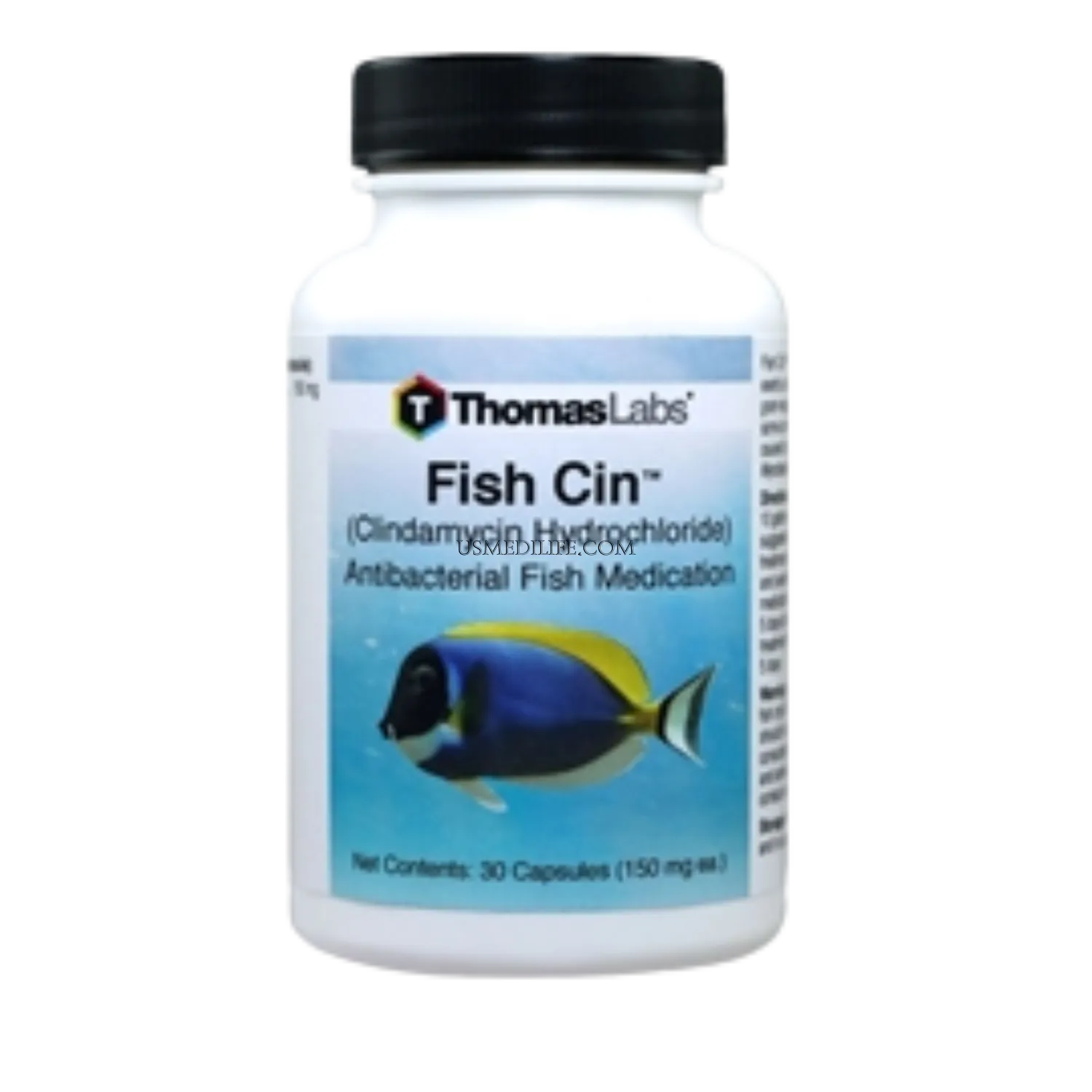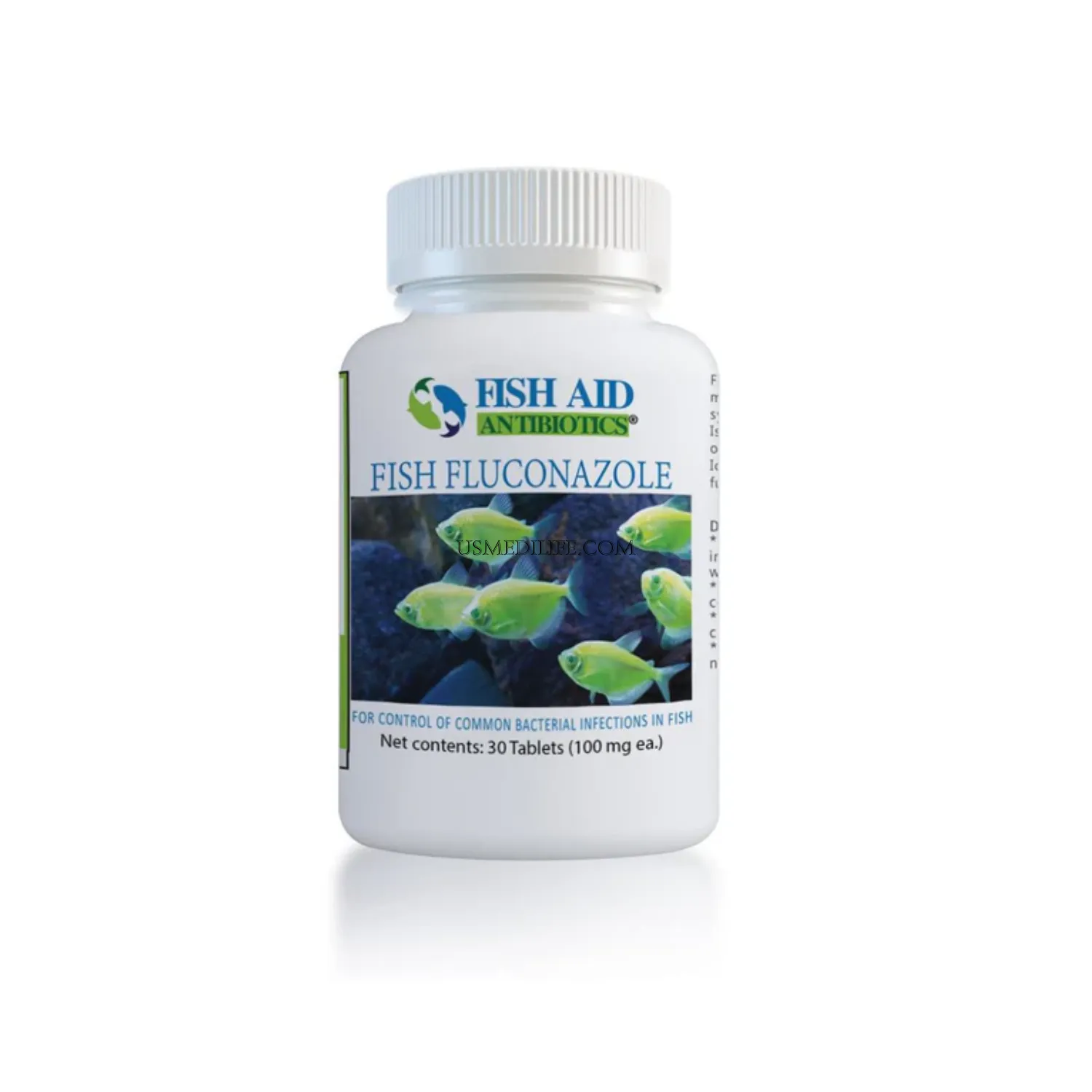Product Grid
Anti-Biotics
Anti-Biotics
Antibiotics play a role in treating infectious form of bacteria or possibly preventing the same. They do this by either working against the bacteria by slowing down or stopping their spread. Nevertheless it is no a panacea.
Many slight bacterial infections may be adequately handled if a strong immune system is present without the need for some kinds of antibiotics.
Don't think a potion of microorganisms kill the cold or flu, and most coughs do not fall into this category, either.
Antibiotics are no longer routinely used to treat:Antibiotics are no longer routinely used to treat:
- Chest Infections
- Ear Infections In Children
- Sore Throats
Take your doctor's advice on whether you need antibiotics or not when it comes to them. Taking antibiotics when you do not need them can mean they will not work for you in the future, and antibiotic resistance is a big problem.
What Are Symptoms of An Allegic Reaction to An Antibiotic?
Certain types of antibiotics, most commonly penicillin, can cause allergies in some people. Before taking the medicine, you should ask your doctor or pharmacist if you have any questions about a potential allergy.
Allergic reactions commonly have the following symptoms:
- Shortness of breath
- Rash
- Hives
- Itching
- Swelling of the lips, face, or tongue
- Fainting
How to Take Antibiotics
You should not make an extra dose of antibiotic simply because you missed the previous dose. You should follow the instructions on the package or use the patient information leaflet that comes with the medicine, or follow a prescription as instructed by your GP or pharmacist.
Antibiotics can be in the form of tablets, capsules, or liquid. These medicines can cure several types of mild and moderate infections in the body and can be taken for such treatments.
Like other medications, there are topical antibiotics in the form of creams, lotions, sprays, or drops. These antimicrobials are used to fight infections affecting the eyes as well as the ears.
Injections are used in emergencies and can be administered as a shot directly into the blood, a tunnel into the muscle, or through an IV-drip.
Types of antibiotics
There are hundreds of different types of antibiotics, but most of them can be classified into 6 groups.
Penicillins (such as penicillin, amoxicillin, co-amoxiclav, flucloxacillin and phenoxymethylpenicillin) –
widely used to treat a variety of infections, including skin infections, chest infections and urinary tract infections
Cephalosporins (such as cefalexin) –
used to treat a wide range of infections, but some are also effective for treating more serious infections, such as sepsis and meningitis
Aminoglycosides (such as gentamicin and tobramycin) –
tend to only be used in hospital to treat very serious illnesses such as sepsis, as they can cause serious side effects, including hearing loss and kidney damage; they're usually given by injection, but may be given as drops for some ear or eye infections
Tetracyclines (such as tetracycline, doxycycline and lymecycline) –
can be used to treat a wide range of infections, but are commonly used to treat acne and a skin condition called rosacea
Macrolides (such as azithromycin, erythromycin and clarithromycin) –
can be particularly useful for treating lung and chest infections, or as an alternative for people with a penicillin allergy, or to treat penicillin-resistant strains of bacteria
Fluoroquinolones (such as ciprofloxacin and levofloxacin) –
are broad-spectrum antibiotics that were once used to treat a wide range of infections, especially respiratory and urinary tract infections; these antibiotics are no longer used routinely because of the risk of serious side effects
Dosage Recommendations
The kind of drug, administration routes, the pathogen encountered, the site of infection, and severity will primarily determine the dosage. Factors such as creatinine, renal impairment, and patient age, apart from these, also influence the dosage.
It is advisable to consult the physician for the betterment of the patient. Antibiotics resolve an infectious condition rapidly, usually within hours. To hit the target, it is important to follow the whole course of treatment.
Restoring the lung function of the patient to a fully functioning and normal state is even more important. Certain types of food and drinks should not be taken with some antibiotics, and other medications should never be consumed with food in the stomach.
Therefore, they should be taken at least an hour before or after food ingestion. You can have antibiotics online USA via our website at low prices.
Precautions
If you are on an OTC/herbal medicine course, especially, inform your doctor about it.
Do not drink alcohol while undergoing therapy with metronidazole.
Tetracycline use can be associated with diarrhea, so avoid consuming dairy products in this case.
Do not over prescribe antibiotics as this will lead to resistance.
Before deciding to use any online or non-prescription products, it is better to ask your GP for advice. Buy antibiotics from a reputable source to avoid misunderstanding antibiotic resistance with fake online antibiotics.
FAQs-
What are Antibiotics?
Antibiotics are medications that treat bacterial infections by killing or inhibiting bacteria.
What are the 4 main antibiotics?
The four main types of antibiotics are penicillins, cephalosporins, macrolides, and fluoroquinolones.
What are the top 3 antibiotics?
The top three antibiotics are penicillin, amoxicillin, and azithromycin.
What antibiotic kills all infections?
No single antibiotic can kill all infections; different antibiotics target specific types of bacteria.
How is antibiotics used?
Antibiotics are typically taken orally as pills or liquids, or administered through injections.
What is penicillin used for?
Penicillin is used to treat a wide range of bacterial infections, including strep throat, ear infections, pneumonia, and skin infections.
What is amoxicillin used for?
Amoxicillin is commonly used to treat bacterial infections such as ear infections, sinusitis, urinary tract infections, and certain respiratory tract infections.
What are examples of antibiotics?
Examples of antibiotics include penicillin, amoxicillin, cephalexin, azithromycin, and ciprofloxacin.

SUGGESTION FORM
PRODUCT REQUEST FORM
